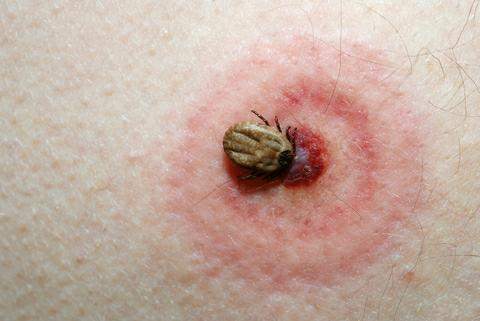Summer is finally here and, after a long winter, the weather is drawing more of us outdoors to enjoy the sunshine and warmer temperatures.
However, humans are not the only ones coming out of hibernation. Many insects are out and about as well, including some that can make us sick. One of them, the deer tick, is linked to a disease that can affect humans — Lyme disease.
Related : Lyme Disease numbers increase in northern U.S.
The species of ticks that transmit Lyme disease to humans, the black-legged tick or commonly known as the deer tick, are only about the size of a poppy seed when they are in the nymphal stage, and only about 3 mm in length in the adult phase.
These ticks are capable of transmitting several different diseases to humans including Lyme disease, Anaplasmosis and Babesiosis. These ticks are transported randomly by migratory birds, deer, mice and other rodents that can also harbor Lyme disease and other diseases in their blood. Remember, no tick is a good tick.
Lyme disease can cause long-term health issues if not identified and treated early. It can affect the brain, eyesight, hearing, heart, nervous system, muscles, joints, digestive tract and lymph nodes. Because Lyme disease is a multisystem disorder many systems of the body can be affected at once, therefore, it can often be misdiagnosed.
Ticks can be found in the lawn, on pets, in tall grass or brush, on logs or woodpiles. If outside, do not brush up against brush or tall grass, walk in the center area of trails, and wear a repellent containing DEET. Pets can carry ticks into the home. Talk to a veterinarian about protecting pets.
Use fine tipped tweezers to remove an attached tick, being careful not to touch the body of the tick (get as close to the skin as possible then pull backwards). Apply antiseptic to the area immediately. Save the tick if possible and the local health department.
Agencies/Canadajournal
 Canada Journal – News of the World Articles and videos to bring you the biggest Canadian news stories from across the country every day
Canada Journal – News of the World Articles and videos to bring you the biggest Canadian news stories from across the country every day



